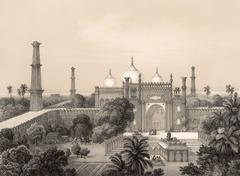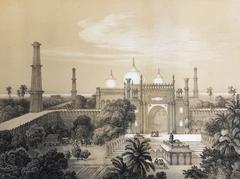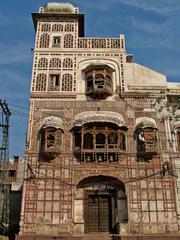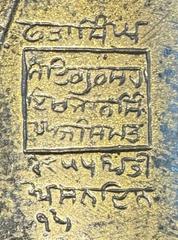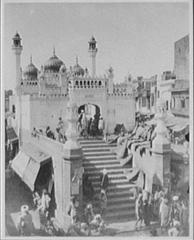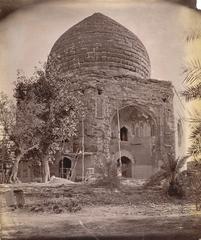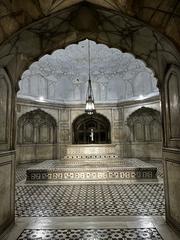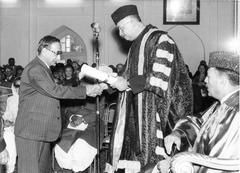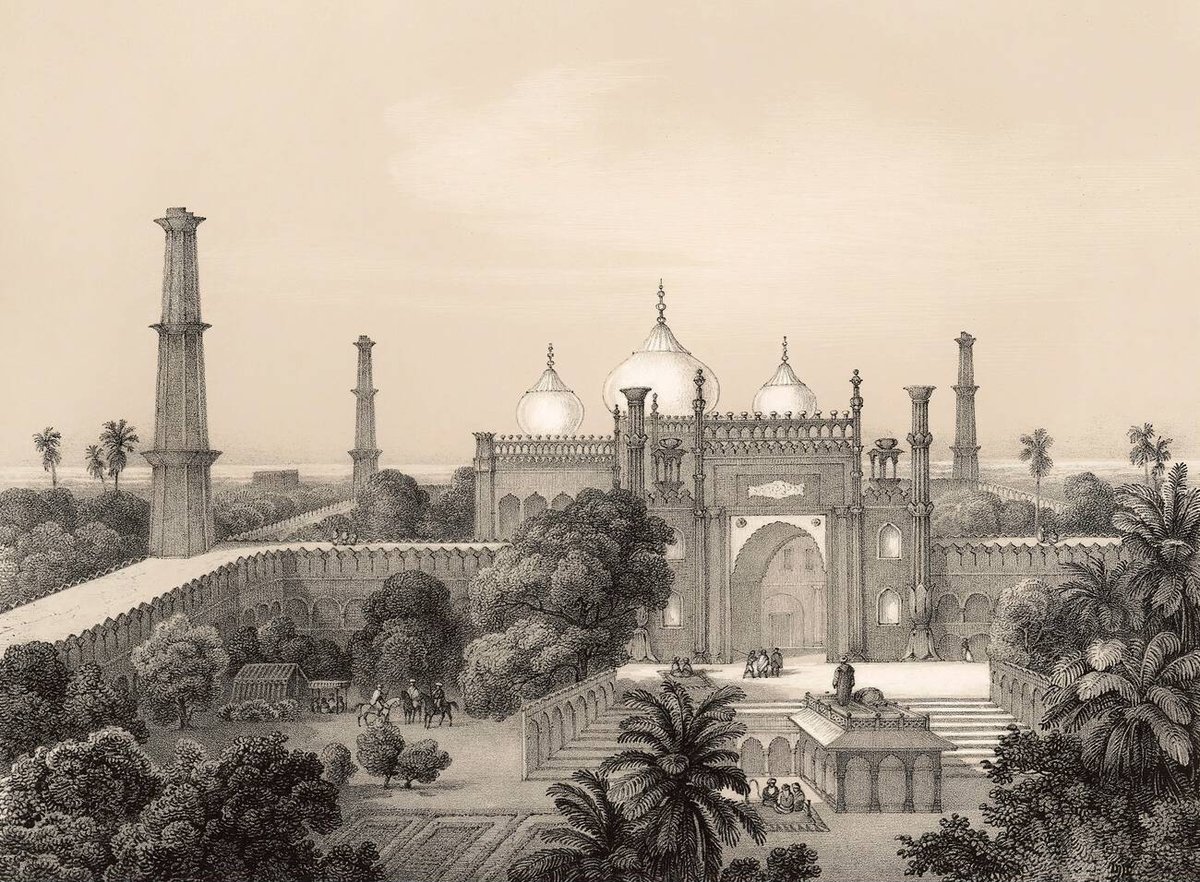
Visiting Hazuri Bagh: Hours, Tickets, and Tips
Date: 17/08/2024
Introduction
Hazuri Bagh, a historic garden nestled in the heart of Lahore, Pakistan, offers a captivating glimpse into the region’s rich cultural heritage. Established in 1813 by Maharaja Ranjit Singh, this garden commemorates the capture of the Koh-i-Noor diamond from Shuja Shah Durrani. Designed under the supervision of Faqir Azizuddin, Hazuri Bagh boasts a traditional Mughal layout with meticulously planned pathways, fountains, and lush lawns (TravelSetu). Central to the garden is the Hazuri Bagh Baradari, built in 1818 from marble sourced from various mausoleums in Lahore. This baradari, with its intricately carved pillars and mirrored ceiling, was where Maharaja Ranjit Singh held court (Wikipedia). Over the years, Hazuri Bagh has been a witness to numerous significant historical events, from serving as a British army base during the Indian Rebellion of 1857 to the signing of the Treaty of Lahore in 1846. Despite suffering damages during the Sikh wars and the collapse of its top story in 1932, restoration efforts have aimed to preserve its historic charm (Wikipedia). This guide offers comprehensive insights into Hazuri Bagh’s history, visitor information, nearby attractions, and practical tips to enhance your visit.
Table of Contents
- Introduction
- History
- Visitor Information
- Nearby Attractions
- Visitor Tips
- Restoration and Conservation Efforts
- FAQ
- Conclusion
Complete Guide to Visiting Hazuri Bagh: History, Tickets, and Tips
History
Origins and Construction
Hazuri Bagh was established in 1813 to commemorate Maharaja Ranjit Singh’s capture of the Koh-i-Noor diamond from Shuja Shah Durrani. Designed under the supervision of Faqir Azizuddin, the garden follows a traditional Mughal layout with neatly laid out pathways, fountains, and lush green lawns (TravelSetu).
Architectural Significance
At the center of Hazuri Bagh stands the Hazuri Bagh Baradari, built in 1818 using marble from various mausoleums in Lahore. Overseen by Khalifa Nooruddin, the baradari features elegantly carved marble pillars and a mirrored ceiling where Maharaja Ranjit Singh held court (Wikipedia).
Historical Events and Transformations
Hazuri Bagh has witnessed several significant historical events, including serving as a British army base during the Indian Rebellion of 1857 and the signing of the Treaty of Lahore in 1846. The garden and baradari suffered damage during the Sikh wars but were later restored during the British period. However, the top story of the baradari collapsed in 1932 and was never rebuilt (Wikipedia).
Visitor Information
Visiting Hours and Tickets
Hazuri Bagh is open to visitors throughout the year. The best time to visit is during the spring when the weather is pleasant. For up-to-date visiting hours and ticket prices, it is recommended to check with local tourist agencies or the official site of Hazuri Bagh (TravelSetu).
Accessibility and Visitor Experience
Visitors can enjoy a serene walk, marvel at the Mughal and Sikh architecture, and perhaps catch local artists capturing the beauty of the garden. To enhance your experience, consider hiring a local guide or joining a historical tour. Families can bring picnic baskets or enjoy local flavors from nearby food stalls (Guide to Pakistan).
Special Events and Guided Tours
Every Sunday afternoon, people gather in the garden to hear storytellers recite traditional Punjabi Qisse and Sufi poetry. Bird watching activities are also organized for nature lovers and ornithologists (Pakistan Traveler).
Nearby Attractions
Hazuri Bagh is flanked by the Lahore Fort and the Badshahi Mosque, creating a picturesque historical complex. Adjacent to the garden are the tombs of Muhammad Iqbal and Sikandar Hayat Khan, adding to the area’s cultural significance (TravelSetu).
Visitor Tips
- Best Time to Visit: Spring
- Activities: Picnicking, bird watching, listening to traditional poetry
- Recommendations: Hire a local guide for a richer historical experience, bring your own picnic basket, or enjoy local food stalls
Restoration and Conservation Efforts
The Punjab government has focused on restoring and conserving Hazuri Bagh, aiming to enhance its charm while preserving its historical significance. Despite periods of neglect, efforts continue to maintain its beauty and attract tourists (TravelSetu).
FAQ
- What are the visiting hours of Hazuri Bagh?
- Visiting hours vary, so it’s best to check with local tourist agencies or the official site.
- How much are the tickets for Hazuri Bagh?
- Ticket prices can be confirmed through local tourist agencies or the official site.
- What are some nearby historical sites in Lahore?
- Nearby attractions include the Lahore Fort, Badshahi Mosque, and the tombs of Muhammad Iqbal and Sikandar Hayat Khan.
Conclusion
Hazuri Bagh stands as a testament to the rich cultural and historical tapestry of Lahore. With its Mughal-style layout and the architecturally significant Hazuri Bagh Baradari, the garden is a must-visit for history enthusiasts and architecture aficionados. Its serene environment, coupled with its historical significance, makes it an ideal spot for both locals and tourists to explore and appreciate. Whether you’re drawn by its historical events, architectural beauty, or the cultural activities held within its premises, Hazuri Bagh offers a unique and enriching experience. As you plan your visit, remember to check the latest visitor information and consider exploring the nearby attractions like the Lahore Fort and Badshahi Mosque to fully immerse yourself in the historical ambiance of Lahore (TravelSetu). For more updates and detailed information, downloading our mobile app Audiala or following us on social media will keep you informed and enhance your travel experience.
References
- TravelSetu, 2023, Complete Guide to Visiting Hazuri Bagh: History, Tickets, and Tips (TravelSetu)
- Wikipedia, 2023, Hazuri Bagh (Wikipedia)
- Guide to Pakistan, 2023, Hazuri Bagh (Guide to Pakistan)
- Pakistan Traveler, 2023, Hazuri Bagh (Pakistan Traveler)
- Traveler Trails, 2023, Hazuri Bagh (Traveler Trails)
